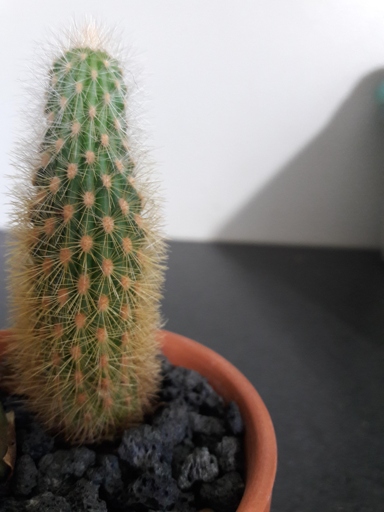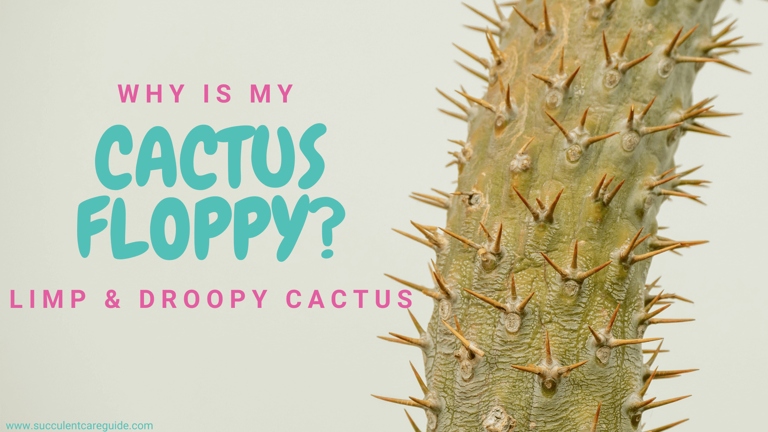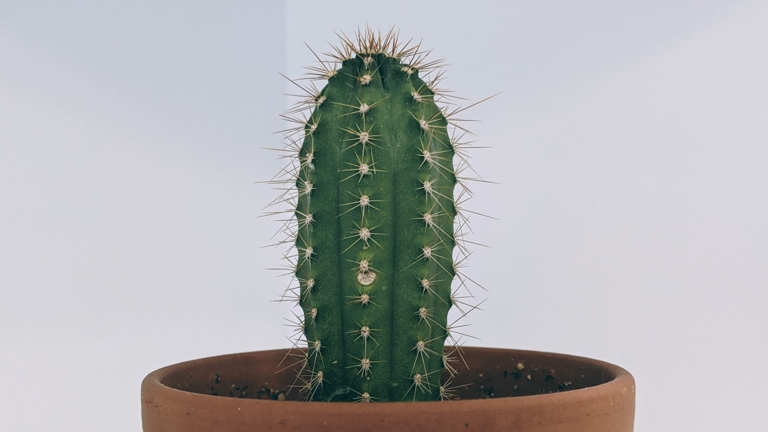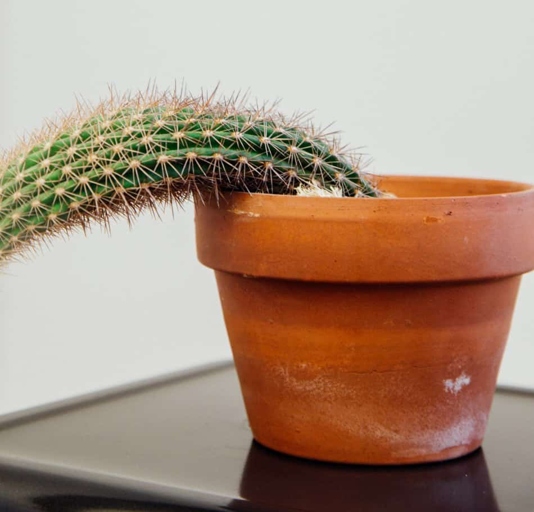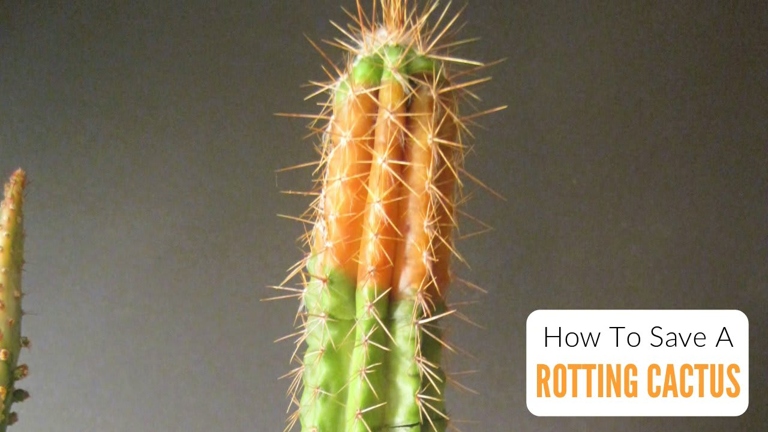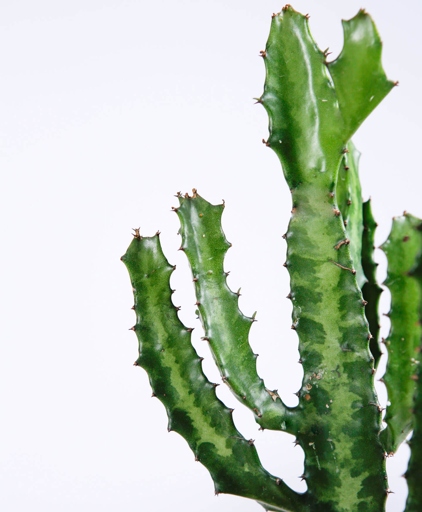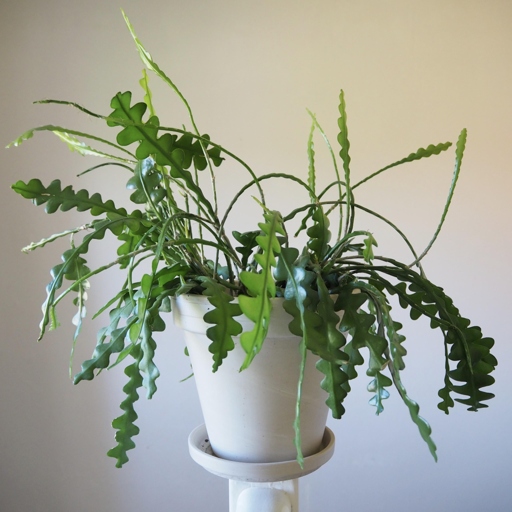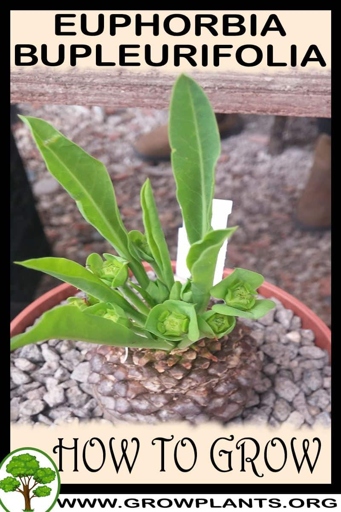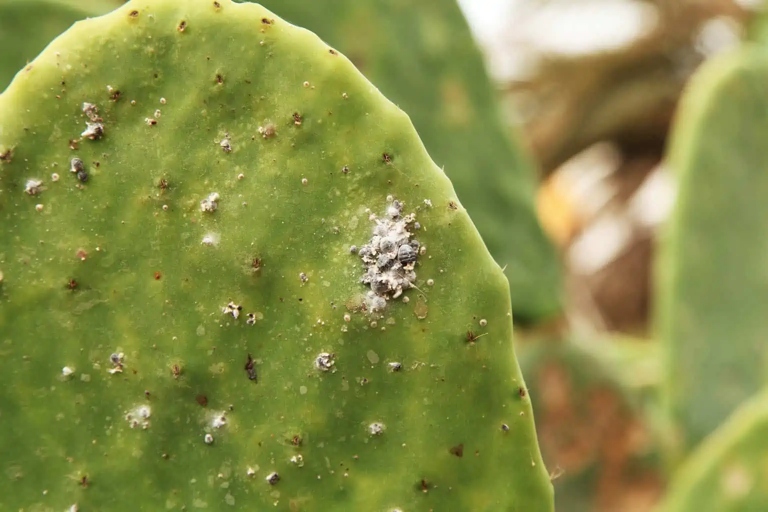What Causes Etiolation in Cactus (And How to Fix It)
Etiolation is a common problem for cactus growers, but it can be easily fixed with a little knowledge. Etiolation is caused by a lack of light, which can cause the cactus to stretch out and become leggy. The best way to fix etiolation is to give the cactus more light. This can be done by moving it to a sunnier location or by adding more artificial light.

